ID GUIDE
WOODLAND ANIMALS
A diverse array of fauna lives beneath the swaying canopy of our woodlands, from snuffling badgers to hopping squirrels. What can you spot this autumn?
EURASIAN TREECREEPER
Certhia familiaris

The treecreeper works its way up from the tree base, picking out small insects from the bark with its long, downcurved bill. Although common, it can be hard to spot due to its mottled brown feathers.
GREAT SPOTTED WOODPECKER
Dendrocopos major
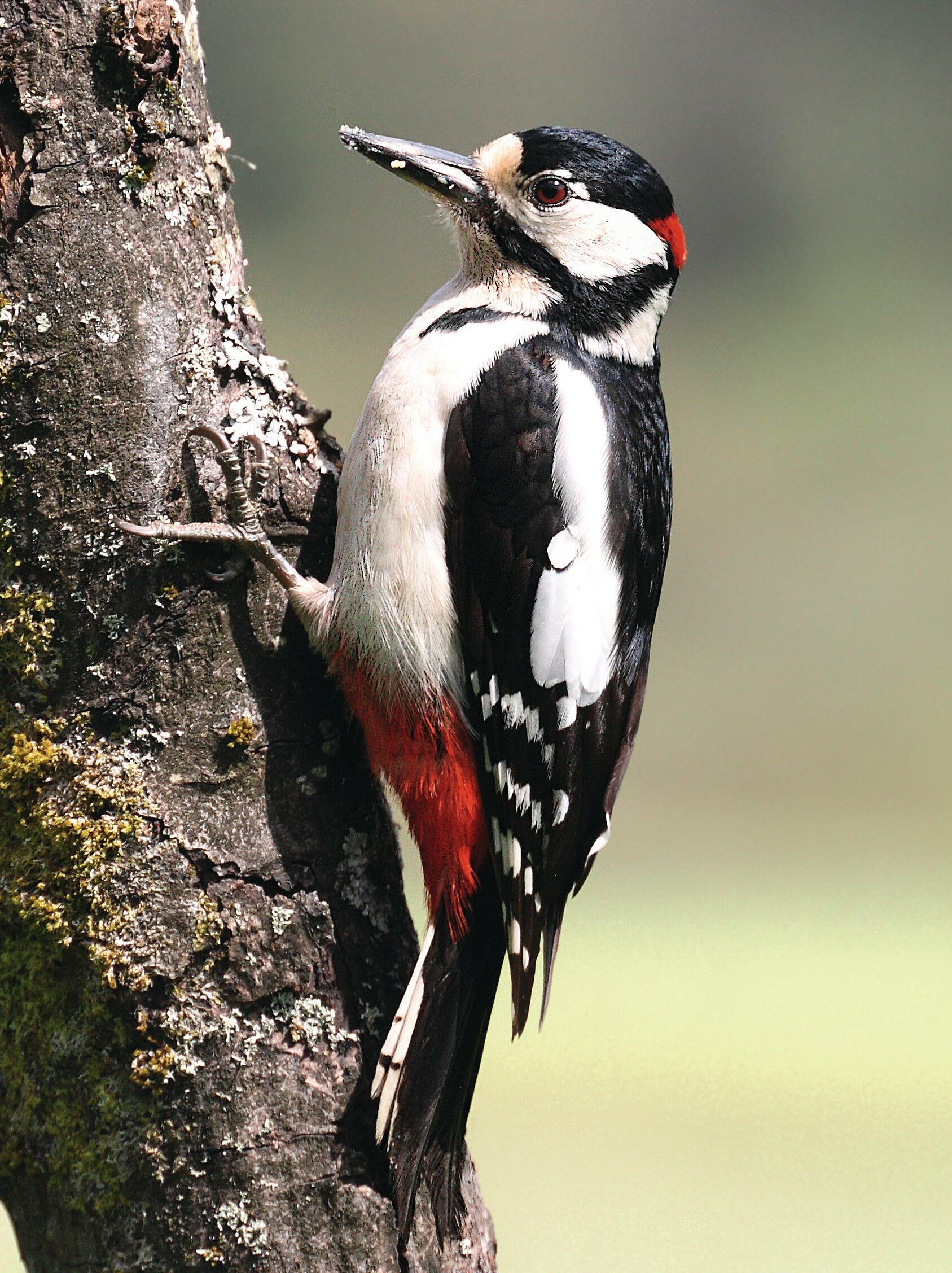
Largely black and white with flashes of red, this blackbird-sized bird has a high-pitched ‘kik’ sound and undulating flight. In autumn, it eats nuts and berries, and will visit peanut feeders in gardens.
EUROPEAN BADGER
Meles meles
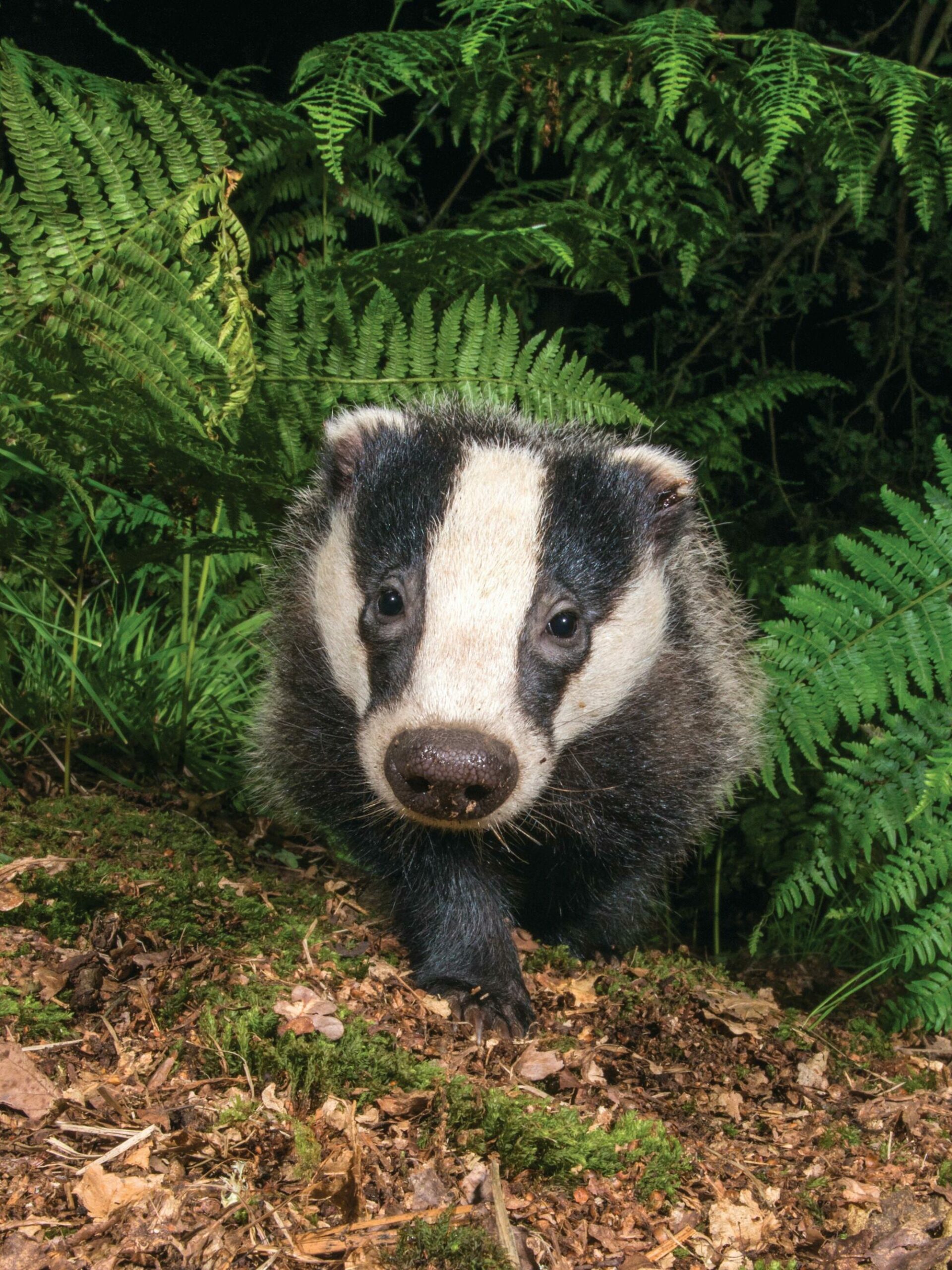
This nocturnal, rarely seen species may emerge from a sett as a family group before sunset in summer and early autumn. Badgers are protected, so do not disturb them. Look out for large five-toed footprints and communal latrines.
FOREST BUG
Pentatoma rufipes

This large brown shieldbug, measuring up to 15mm in length, is also known as the ‘red-legged shieldbug’. Associated with oak and broad-leaved woodlands, it often feeds on the sap of deciduous trees. Look for adults from July to late autumn.
OAK BUSH-CRICKET
Meconema thalassinum
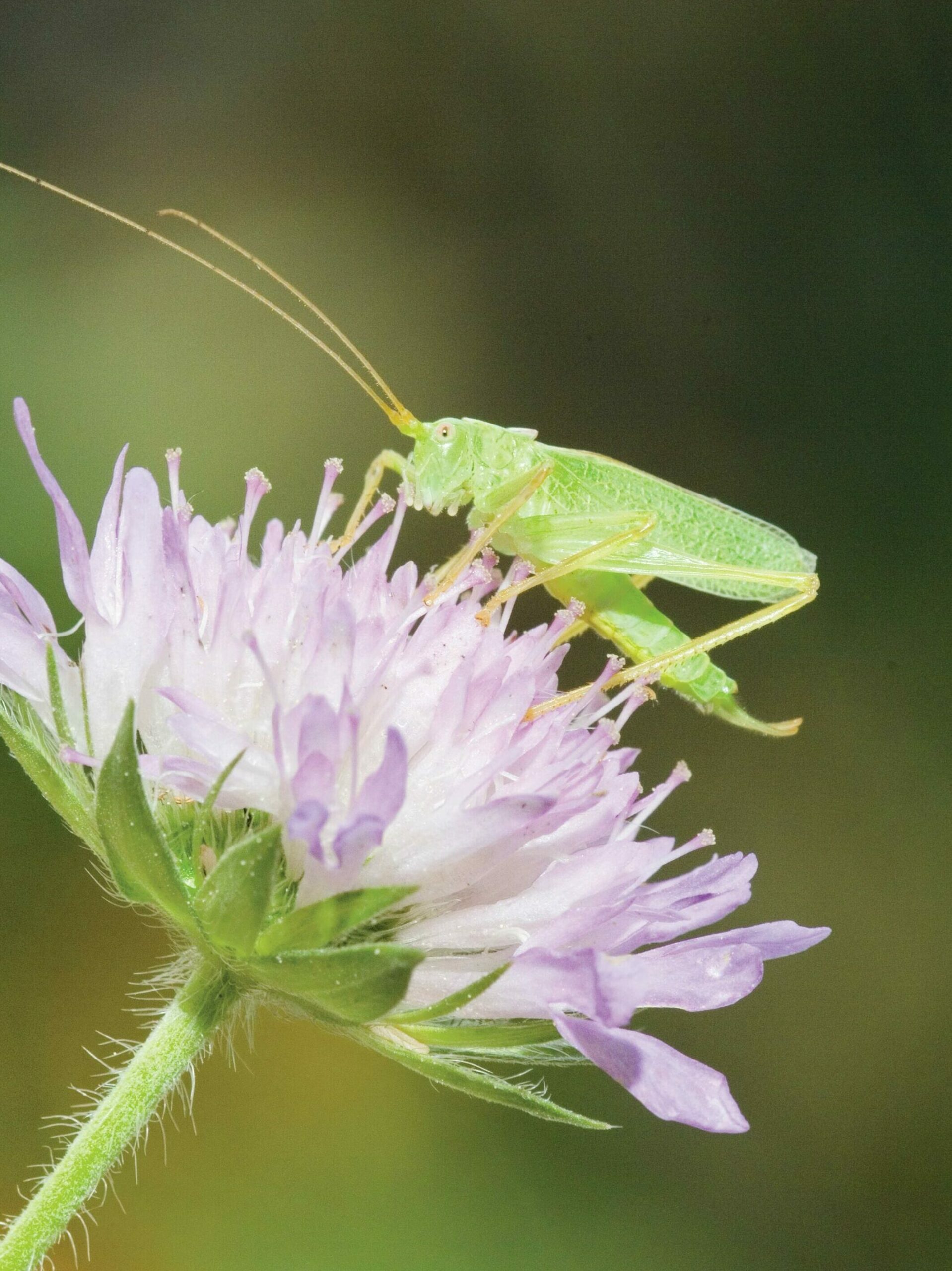
The only native bush-cricket to live in trees, this species has a yellow-green stripe along its back. Males don’t stridulate (rub two body parts together to ‘chirp’), but instead drum their hind legs on leaves.
ROE DEER
Capreolus capreolus

Once extinct here, the roe is now our most widely distributed deer species. Compared to other deer, males (bucks) have small antlers which they cast (or drop off) between November and December. Both females and males will bark if startled.
ORANGE LADYBIRD
Halyzia sedecimguttata
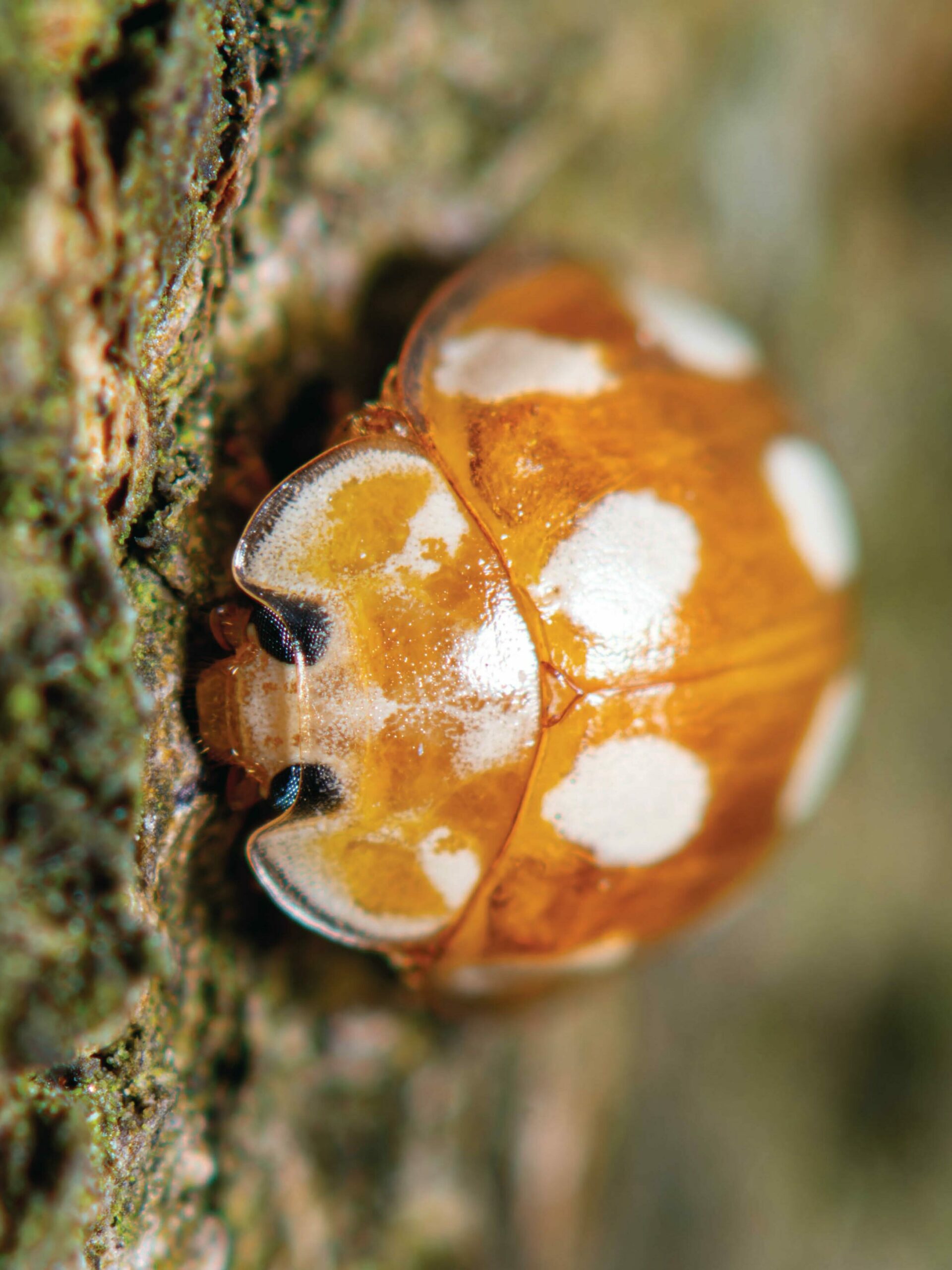
The orange ladybird feeds on the mildew of sycamore and ash leaves, and can be spotted over winter in leaf litter.
TAWNY OWL
Strix aluco
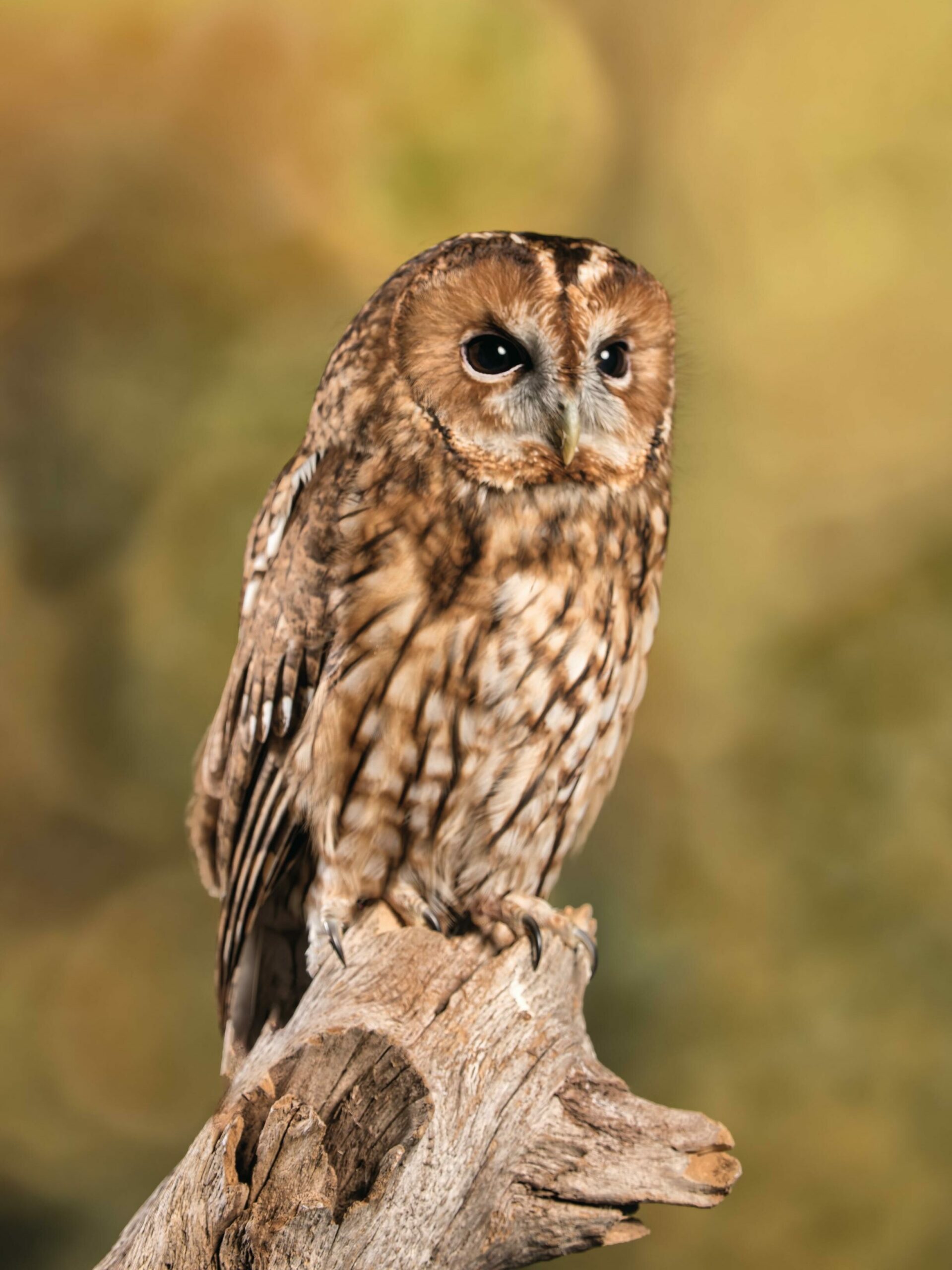
With its distinctive ‘tu-wit, tu who’ and ‘keewik’ calls, the UK’s most common owl species is more easily heard than seen. The species is nocturnal, roosting in a tree by day – look out for a collection of its coughed-up pellets near its roosting site.
RED SQUIRREL
Sciurus vulgaris
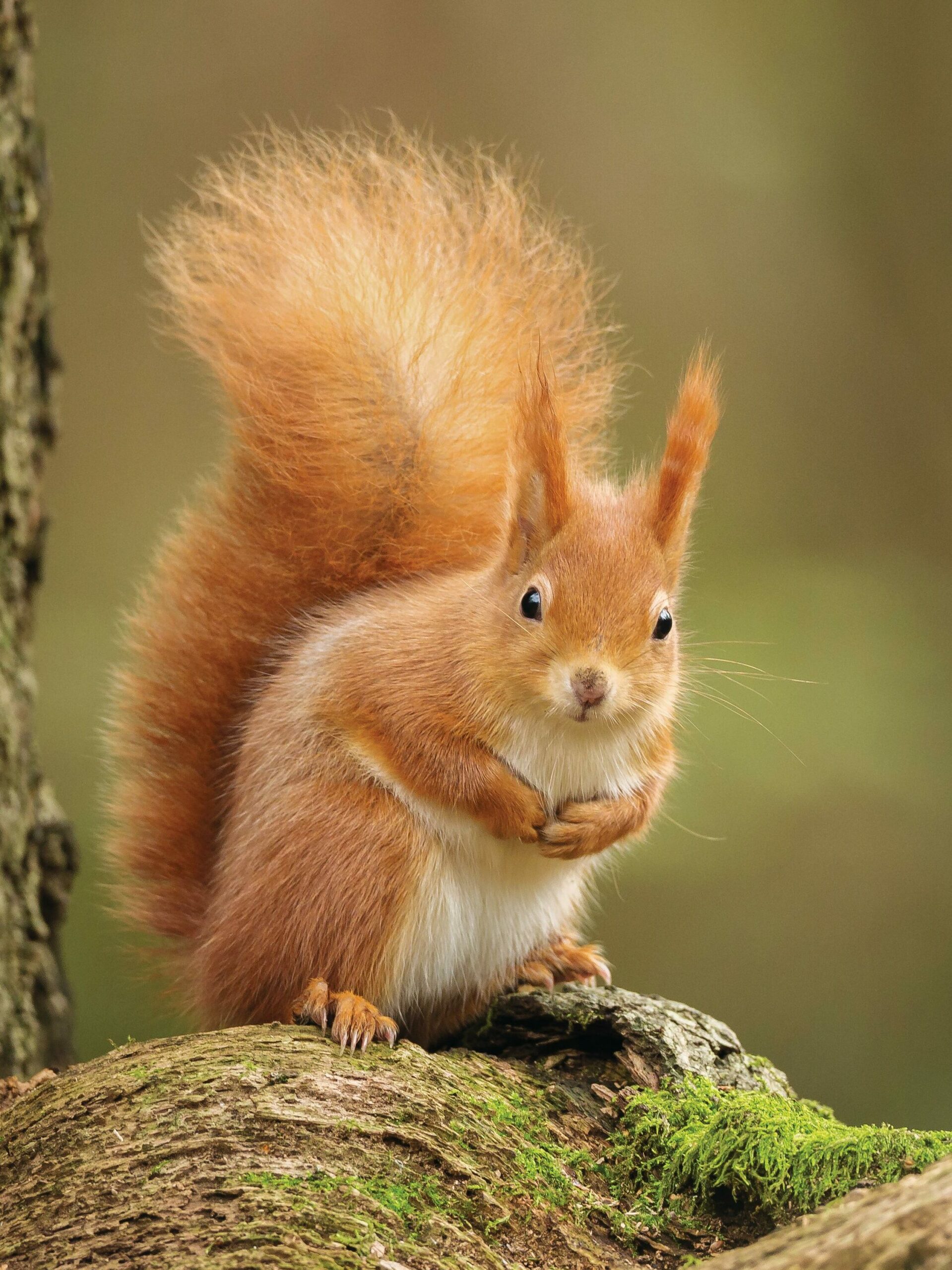
Reduced in distribution and population size by the non-native grey squirrel, the native red squirrel spends more time in the trees and less on the ground than its inteloper. It feeds on fruit, bark, lichen, seeds and nuts, burying nuts during autumn in preparation for food scarcity in winter.
EURASIAN WOODCOCK
Scolopax rusticola
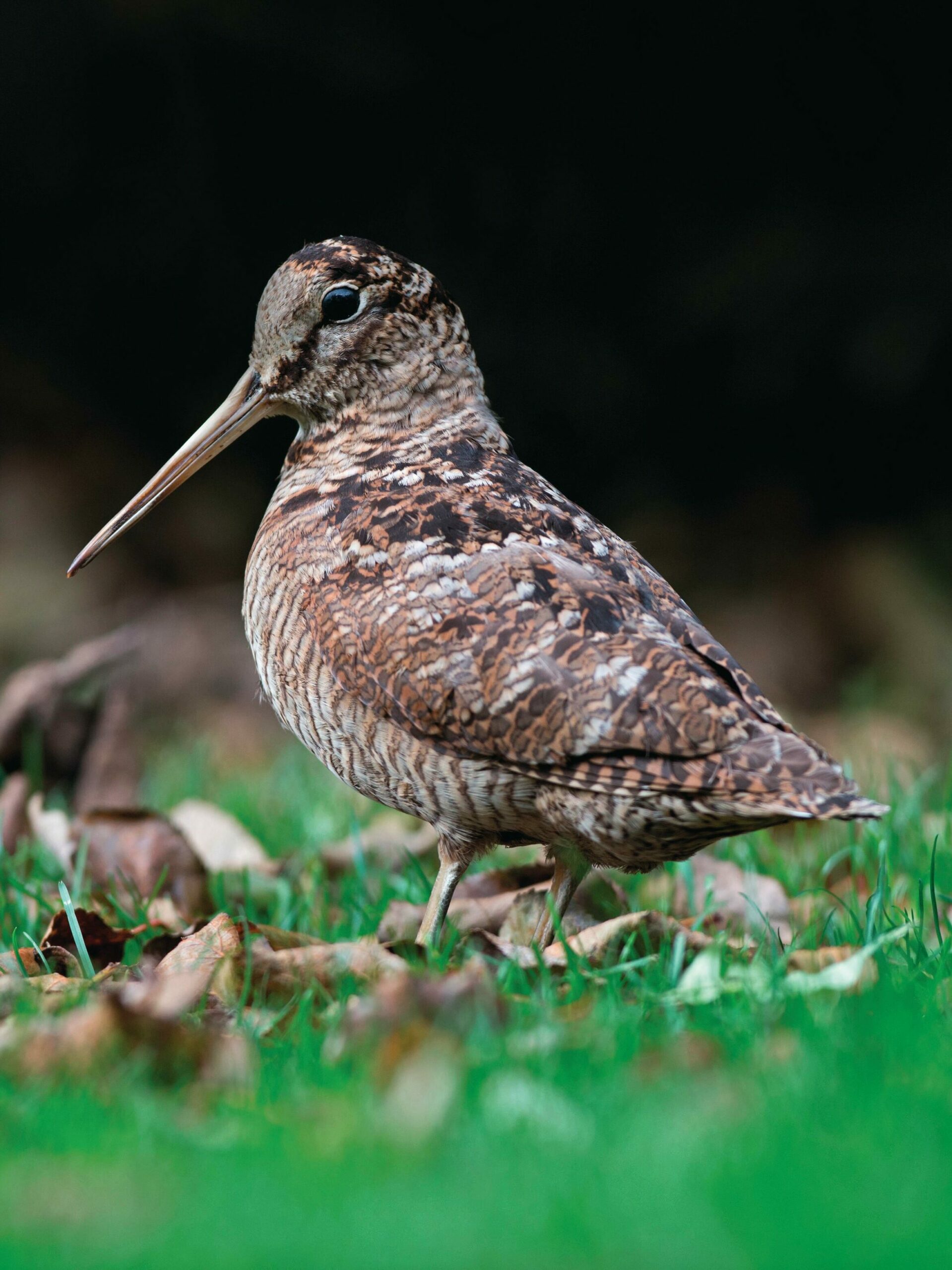
This unusual wading bird lives in woodlands and is nocturnal. Its mottled brown plumage blends into the leaf litter, where it builds its nests. Its underside tail feathers are the brightest feathers in existence, and in courtship, the male puts on a display called ‘roding’ to attract a female.
HAZEL DORMOUSE
Muscardinus avellanarius
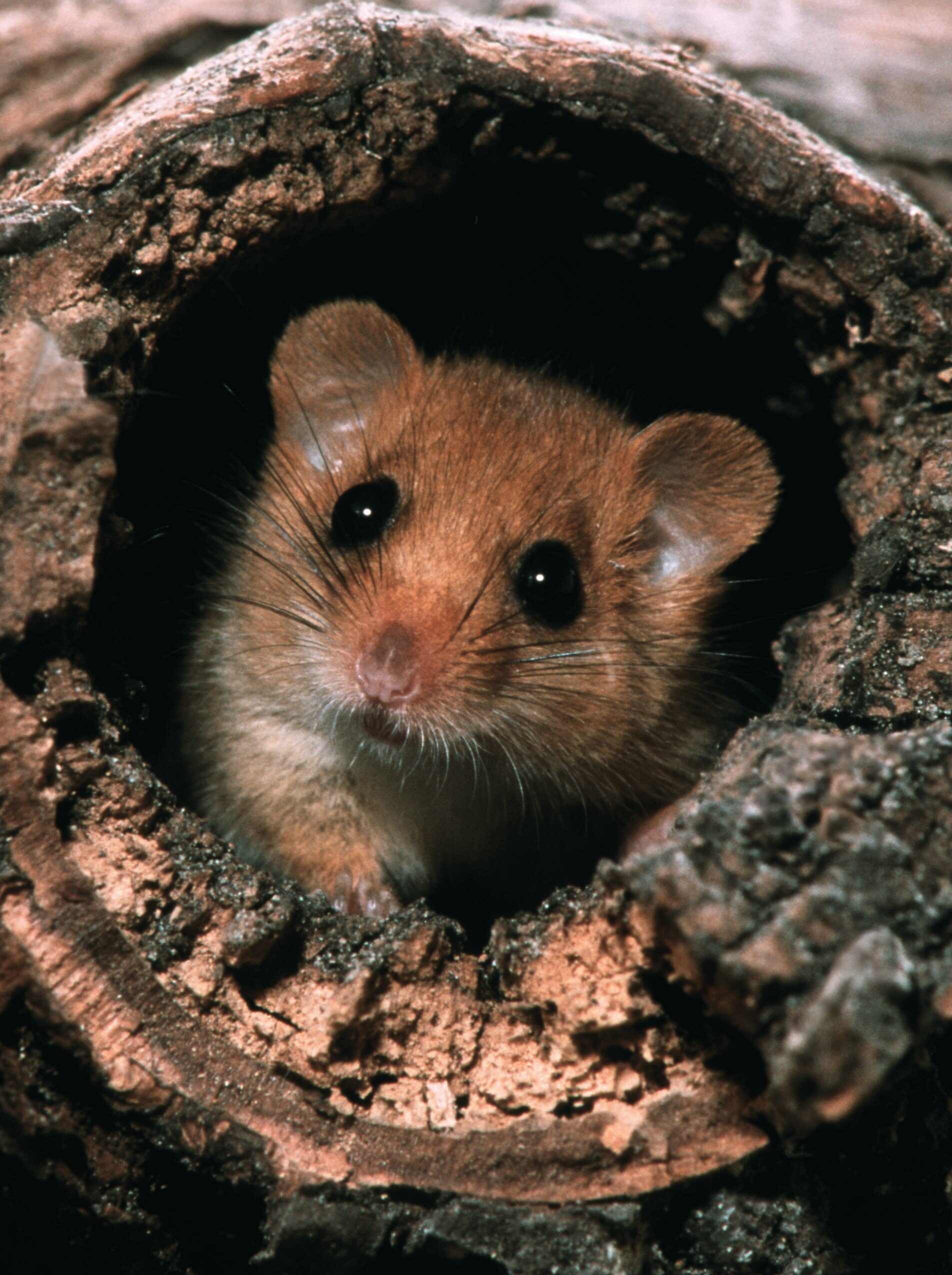
No more than 40g, the elusive hazel dormouse is very cute. Emerging from hibernation in spring, it feeds on flowers, adding caterpillars in summer, and moving on to nuts, seeds and berries in autumn. Look out for nests and nibbled hazelnuts.
BROWN LONG-EARED BAT
Plecotus auritus
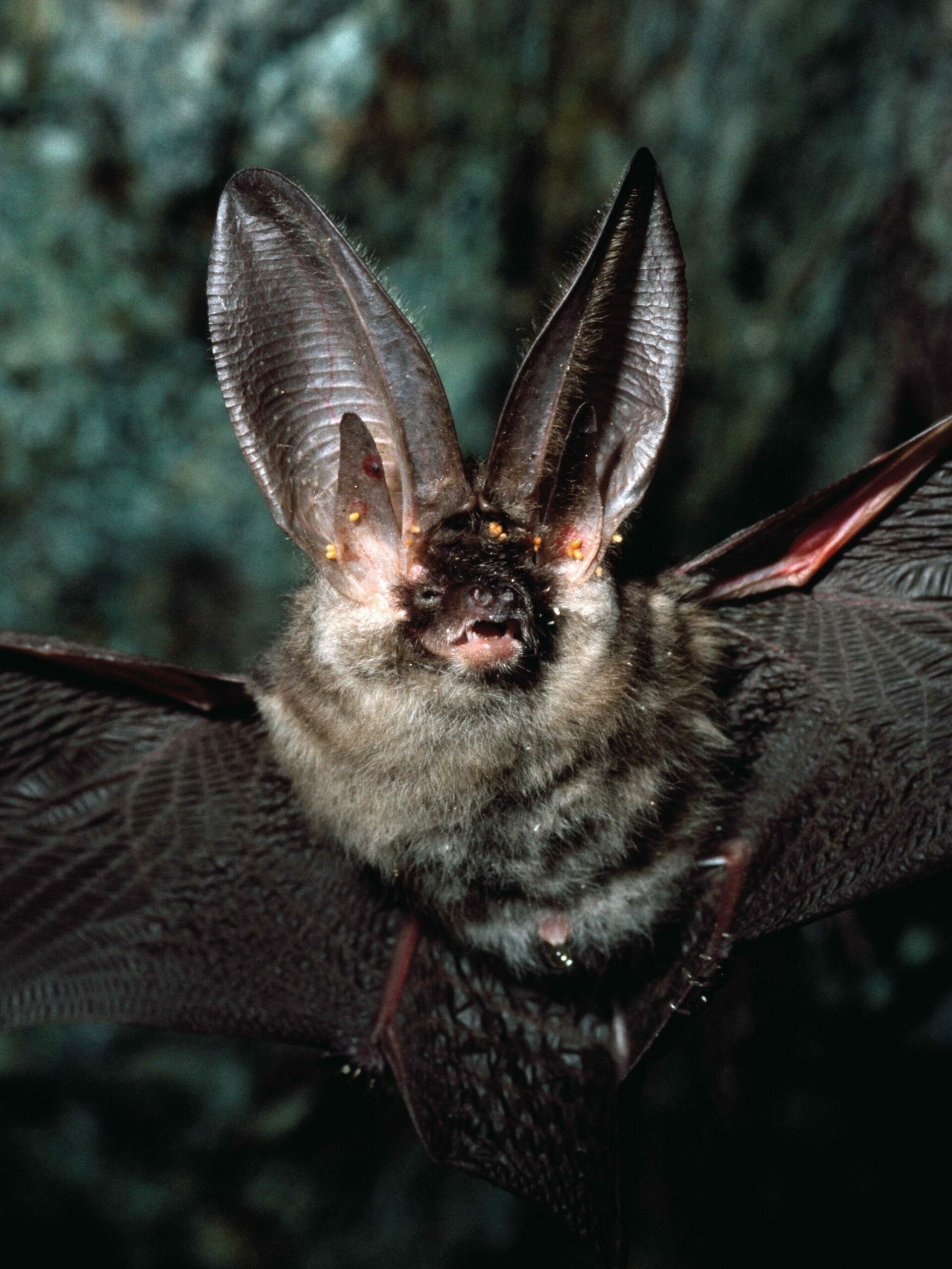
Named for its extraordinary ears, nearly as long as its body, this widespread UK species uses tree holes and older buildings for roosting during summer, and forages in deciduous woodland.

Megan Shersby is a naturalist and writer.